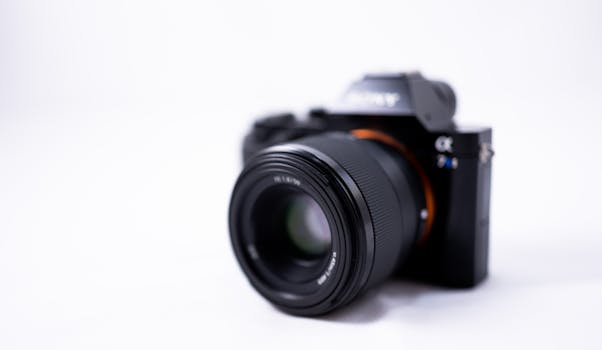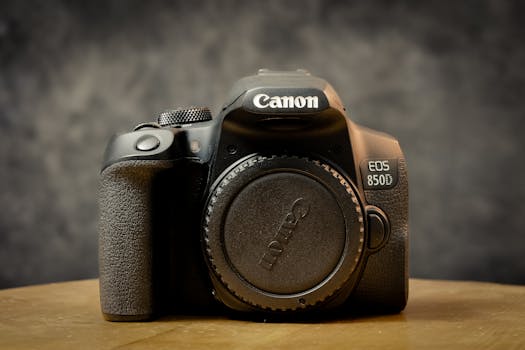![Fujifilm_X10-web[1]](https://shine-magazine.com/wp-content/uploads/2024/08/Fujifilm_X10-web1.webp)
Exploring the Latest Innovations in Digital Cameras: What’s New in 2024
Takeaways: In 2024, digital cameras have seen incredible advancements in technology, focusing on improved sensor capabilities, faster processing speeds, and enhanced connectivity options. Whether you’re a professional photographer or a hobbyist, there’s a camera that meets your needs. Explore the key features, top models, and tips for selecting the perfect camera for your photography journey.
Introduction to Digital Cameras in 2024

Major Innovations in Digital Cameras
1. Enhanced Sensor Technology

2. Advanced Autofocus Systems
In 2024, autofocus systems have seen remarkable improvements. Many new digital cameras are incorporating AI-driven autofocus capabilities, enabling faster and more accurate focusing on subjects. Features like eye-tracking and subject recognition are becoming standard, making it easier for photographers to capture sharp images of moving subjects, whether in sports photography or wildlife shooting.
3. High-Speed Continuous Shooting
Another exciting trend is the capability for high-speed continuous shooting. Photographers can capture a series of images at rapid speeds, which is essential for action shots. Many new models can shoot at 20 frames per second or more, giving users the ability to document fast-paced moments without missing a beat. This is particularly beneficial for sports and event photography.
Top Digital Cameras of 2024
1. Canon EOS R6 Mark II

2. Sony A7 IV
The Sony A7 IV continues to solidify Sony’s reputation in the mirrorless camera market. This model offers a 33MP full-frame sensor, providing exceptional detail and dynamic range. Its advanced autofocus capabilities, coupled with impressive video features, make it a well-rounded choice for both photographers and videographers. The A7 IV’s connectivity options, including live streaming capabilities, cater to content creators who need versatility.
3. Nikon Z9
Nikon’s flagship model, the Z9, is a powerhouse in the digital camera landscape. With an impressive 45.7MP stacked CMOS sensor, the Z9 delivers breathtaking image quality and speed. It features a blackout-free viewfinder and can shoot at 20 frames per second in RAW format. The Z9 is designed for professional photographers who demand the best performance in challenging situations.
What to Consider When Buying a New Digital Camera
1. Purpose and Photography Style

2. Budget Considerations
Budget is always a crucial factor in any purchase. Digital cameras range from entry-level models to high-end professional gear. It’s essential to set a budget that allows you to get the best camera for your needs without overspending. Remember to factor in additional costs for lenses, accessories, and maintenance.
3. Future-Proofing Your Purchase
Technology evolves rapidly, so consider investing in a camera that will serve you well for years to come. Look for features like future firmware updates, compatibility with new lenses, and robust support from the manufacturer. This way, you can ensure your investment remains relevant in the fast-paced world of digital photography.
Conclusion

Sources
- DPReview – Canon EOS R6 Mark II Review
- TechRadar – Sony A7 IV Review
- Nikon – Z9 Official Product Page



